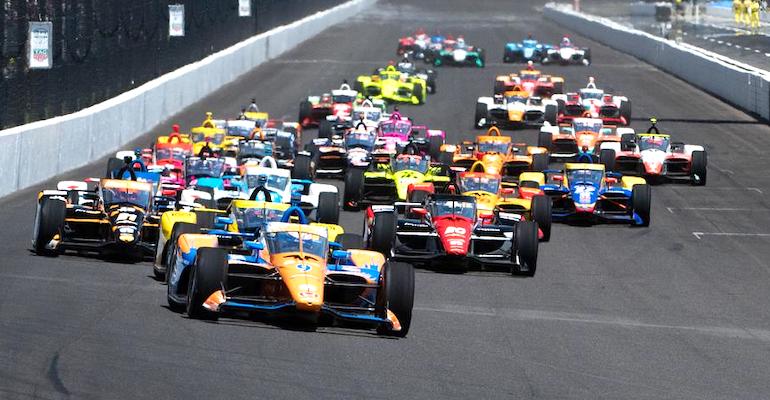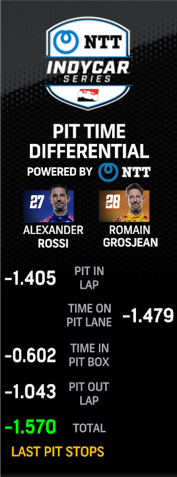Digital twins give fans data previously available only to racing teams.

IndyCar Series title sponsor NTT is working with the Indianapolis Motor Speedway to upgrade fans’ experience at the Indy 500 by providing a geyser of data that will keep them informed about what’s happening during The Greatest Spectacle in Racing.
The NTT-provided data analytics, artificial intelligence (AI), and digital twin capabilities deliver in-depth, real-time, predictive insights based on millions of data points gathered during prior seasons as well as from races earlier this year.
The data products include suggestions of where the best passing opportunities lie or when it will be most advantageous for cars to make pit stops for fuel and tires.
“You can’t see the whole track, so you don’t know what’s happening if you’re sitting in turn one, what’s happening in turn three,” said Rebecca Ruselink, chief information officer, Penske entertainment.
Using the IndyCar app, following the sport’s social media channels, and watching televised coverage, fans can get a bigger picture of the action, thanks to the collected data. “How do we provide a better picture of what’s going on in areas that you don’t see?” asked Ruselink. “The fans, whether they are here in the facility or outside the facility, will have the experience that they’ve never had before to help tell that story about what’s happened during the race that even announcers may not necessarily be able to tell.”
|
The NTT analysis available through the app includes insights on:
Race strategies and predictions
Intercepts and battles for position
Pit stop performance impact
Effects of fuel levels and tire wear
They do this through a digital twin created for every car. The digital twin uses historical data as a foundation to mirror what the car will do. Each car has more than 140 sensors collecting millions of data points during the race, which are fed into the digital twin to produce predictions based on historical performance and real-time conditions.
The Indy 500 is the longest race of the season, with 500 miles and 200 laps of competition, so it will yield more data than any other race, with more than eight billion data points collected. This allows NTT to predict race strategy with a high level of accuracy using AI and predictive analytics, giving an insider’s view of what is happening on the track and forecasts that - until now - only a race team engineer would have known.
“We’ve leveled up the interactive experience for fans with actual digital twins of each racecar and more predictive analytics, so INDYCAR fans can feel as close to the driver’s seat as possible,” said Eric Clark, Chief Digital Officer, NTT Data Services.
About the Author(s)
You May Also Like






